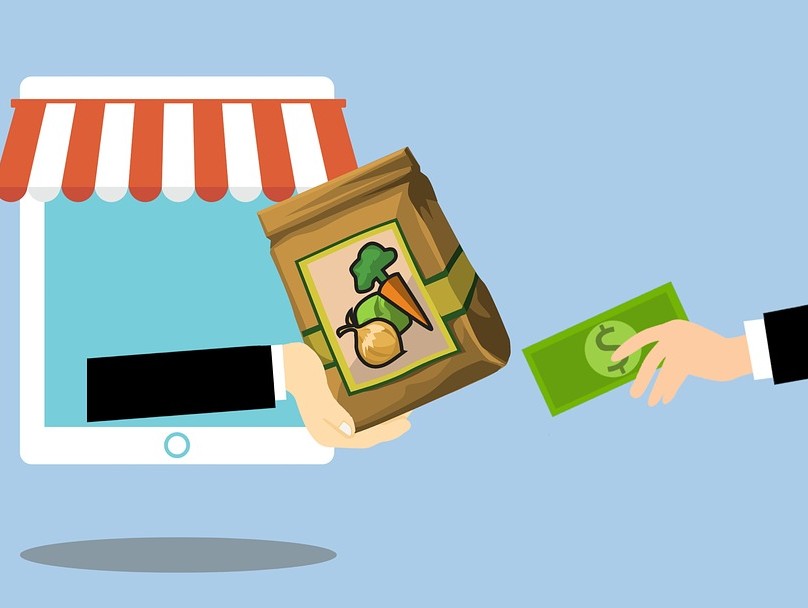
In large cities, the delivery vans of Albert Heijn and Picnic are now an integral part of the street scene, but how many consumers actually use them? It is undeniable that online shopping is on the rise. In 2015, 13% of consumers 'used to' do their shopping online, but by 2019 this percentage will have risen to 25%. Since 2018, the number of consumers who buy their groceries online more than once a month has risen from 11% to 14%. This is shown in a representative online survey by Motivaction among 1,033 Dutch people, carried out in the spring of 2019.
Hardly anyone is really ready to say goodbye to the physical supermarket. Only 6% of Dutch people expect to do all their shopping online in the future, 13% expect to do some of their shopping online and 27% see themselves ordering food online from time to time. 55% expect to remain completely loyal to the physical supermarket. However, this number is declining rapidly: in 2018 it was still 61%.
Online shopping is especially popular among millennials. Of these, 36% do their shopping online once in a while, and 18% do so at least once a week. Two-thirds of the millennials (66%) expect to do their shopping online in the future, and 12% hardly expect to visit a physical supermarket anymore.
Albert Heijn is also the most popular supermarket online (46% shop online), followed by Jumbo (26%) and Picnic (19%). However, Albert Heijn's share is rapidly decreasing in favour of small players: in 2018, Albert Heijn's share of online shopping was still 57%. Plus increased from 6% in 2018 to 12% in 2019, Dane and Deca markets increased from 1% and 2% respectively to both 5%. A possible explanation for these shifts is that consumers are becoming increasingly price-conscious online. In 2018, 34% regularly compared prices between online supermarkets, in 2019 this is 44%.
Consumers who turn to online do not necessarily hate supermarkets: only 12% mention this as a reason to switch to a website or app. The main reasons for shopping online are no longer having to carry around (47%), saving time (46%) and not being tied to opening hours (17%). The persevering supermarket buyers deliberately choose not to go online because they like shopping (54%), want to be able to keep products (45%) and because they do not want to pay any delivery costs (38%).
How interesting are online consumers for retailers? The Dutch pay more attention to money online than in supermarkets. For example, 59% say they make fewer impulse purchases online than in the physical store, 55% say they are more aware of the money they spend online and 47% are less inclined to try new products or brands online than in the store. And what about the trial packaging you get with your order? In almost a quarter of the cases (22%) it ends up in the wastebasket.
Motivaction's VoicePoint panel with more than 60,000 members was used for the online survey. 1,033 respondents between the ages of 18 and 70 answered the questionnaire in full (978 in 2018). The survey was representative in terms of gender, age, education, region and mentality. The fieldwork period of the study is 15 May to 20 May 2019.
Source: © Motivaction